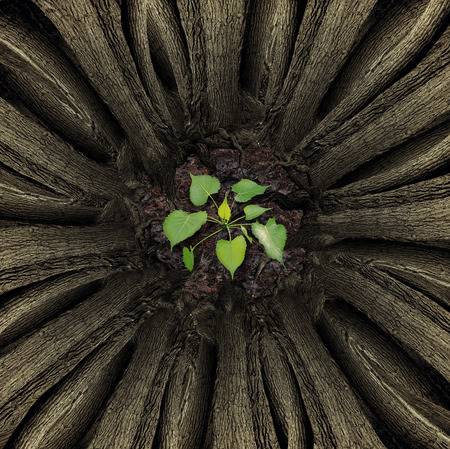 lightwise
lightwise
Both high social status and high social stigma can lead to isolation within "closed incestuous systems" isolated from mainstream community life. Such closed systems are prone to charismatic leadership, ideological extremism, internal scapegoating, internal plots and schisms, breaches in ethical and legal conduct, fall of the "high priest", and, in the extreme, the complete implosion of the organization. Within the alcohol and drug problems arena, the rise and fall of Synanon, the first ex-addict-directed therapeutic community, offers just one of many potential examples of this process. When addiction treatment programs or recovery mutual aid societies emulate such closure, they inadvertently further the community isolation and estrangement of those they are pledged to serve.
An essential dimension of the recovery process is healing the person-community relationship by forging pathways of reentry into community life, particularly for those who have been deeply enmeshed in cultures of addiction or whose addiction-related activities may have inflicted great harm on the community. The call for recovery-oriented addiction treatment and related support services is, in part, a call for forging space within local communities in which recovery can flourish, creating pathways that lead to such healing spaces, and providing personal guides to facilitate this psychological and cultural journey. Brief biopsychosocial stabilization should not be mistaken for sustainable recovery from addiction; recovery is not durable until it is firmly nested in the community--within the physical and cultural environment of each person/family. As a new generation of recovery support specialists is called to fulfill this role, it seems timely revisit the role of community in addiction recovery and the role recovery guides, whether in professional or indigenous helping roles, play in this person-community linkage process. I suggested the following in 2002.
All of us physicians and nurses, addiction counselors, researchers and teachers, supervisors and managers?need to leave our offices and rediscover the social ecology within which both addiction and recovery are nested within our communities. We need to be meeting with the service committees of local addiction mutual aid societies. We, those in recovery and those not in recovery, need to get to know the recovering community by attending (within the prescribed guidelines for participation) meetings and social events of such organizations. We need to be visiting with the leaders of religious and cultural revitalization movements in our communities. We need to break bread with those working within our local union counseling programs. Rather than waste our lives obsessing about managed care, we need to relearn the cultural terrain outside our agencies and help create spaces within our communities that can serve as sanctuaries and places of renewal for recovering addicts and their families. And most importantly, we must enter into relationship with these indigenous resources as students rather than teachers.
What I was trying to suggest in these words was that you cannot guide others into relationships within the life of a local community if you are not yourself vitally involved in that community. Too many of us have for too long hidden from the slings hurled by a public that sees only caricatures of drug users, caricatures of the families affected by addiction, and caricatures of those who seek to help addicted men and women. Only through publicly sharing the truth of our stories as people in recovery and helpers in the recovery process will those images collapse into the dustbin of history. Only then can we forge the space in local communities where we--helpers and those helped--can live authentically and fully embrace our citizenship. Only then will pathways exist through which we can guide the lost, estranged, and abandoned into the heart of community life.
We must have the courage to travel out of our cloistered sanctuaries and enter local community life. We must come to know these communities. We must serve these communities. If recovery takes a village, we must do all we can to assure the presence of welcoming arms reaching toward every suffering individual and family. To create such a mass welcome, we need a vanguard of people in each local community to publicly and professionally share the news that long-term addiction recovery is a reality, that there are many pathways to recovery, and that recovery flourishes in supportive communities. These are quite simple but transformative messages that must be carried into the very heart of each community. Many people in recovery face great fear in entering or reentering community life. We must be in a position to say, "Take my hand and I will take you there." To offer those words, we must first know that community terrain and have connections with its people and institutions.